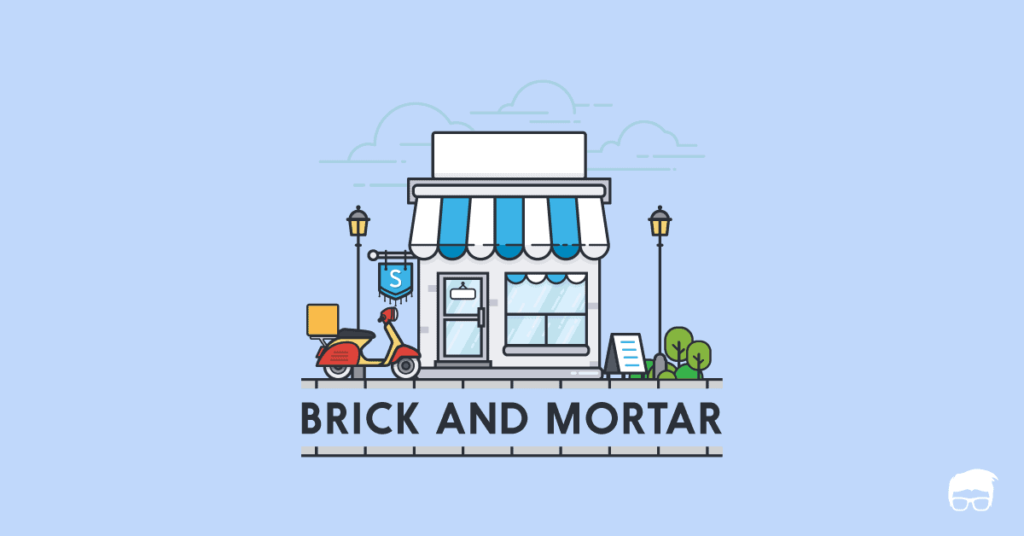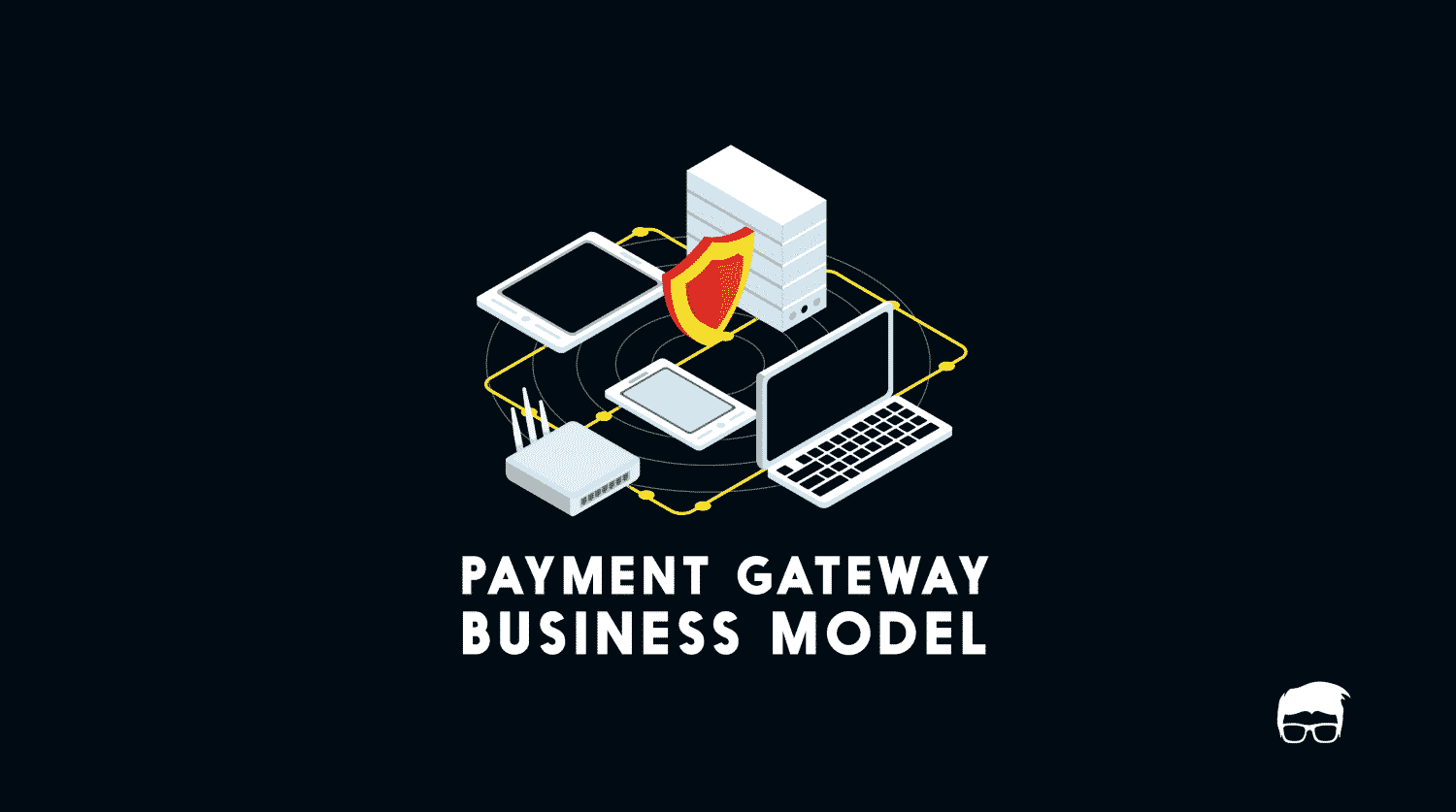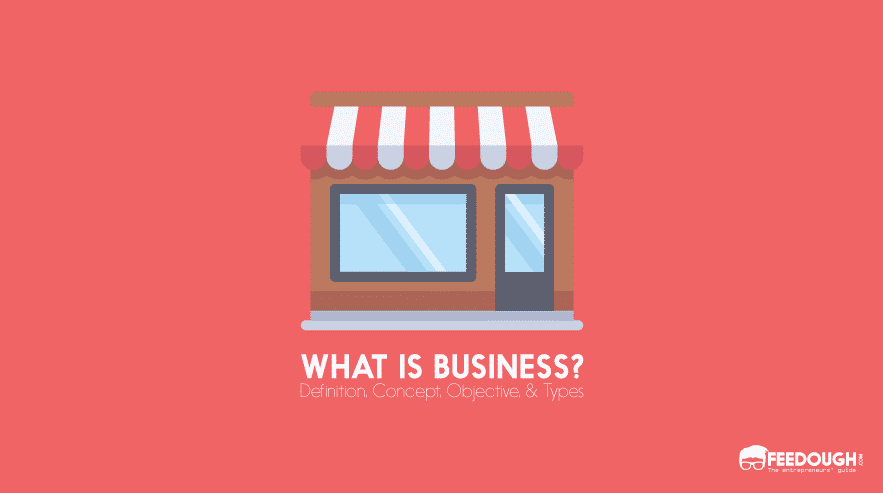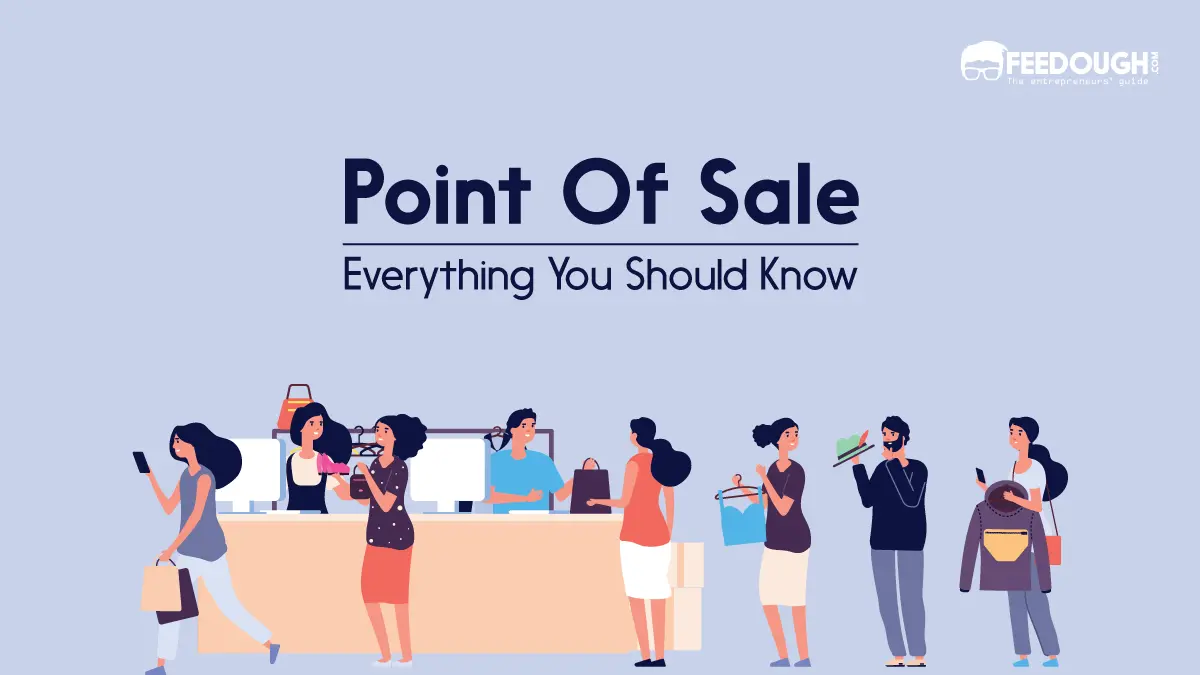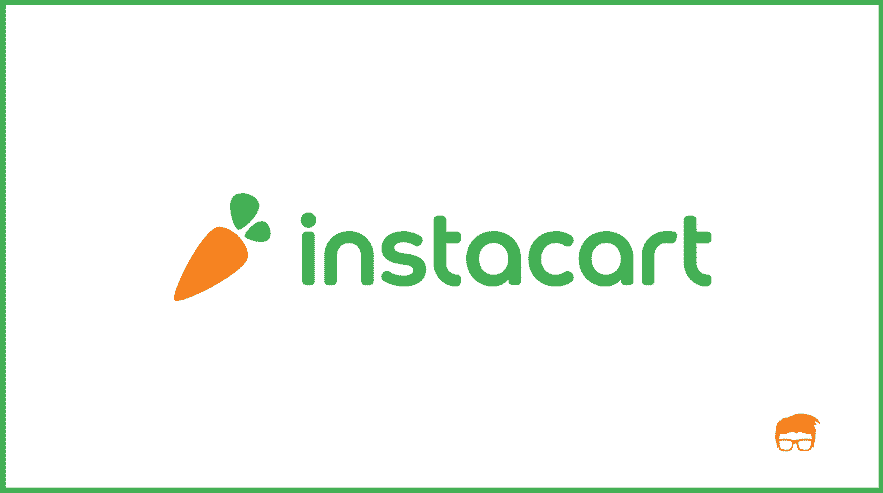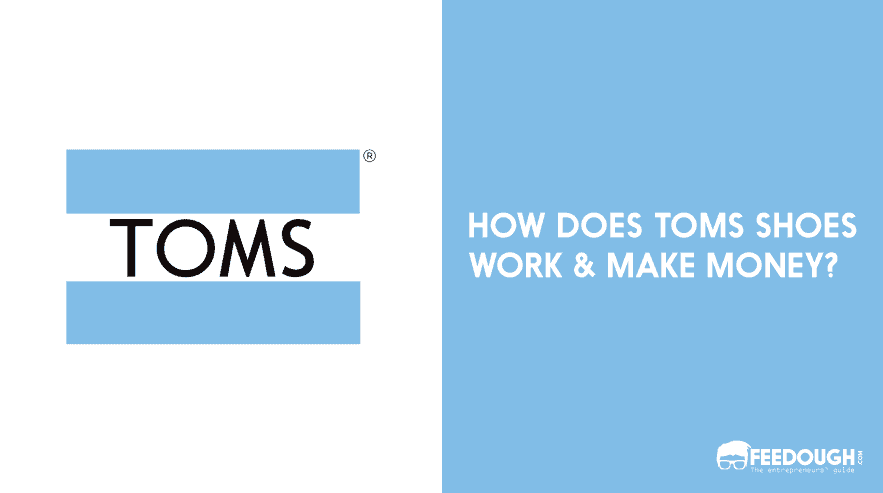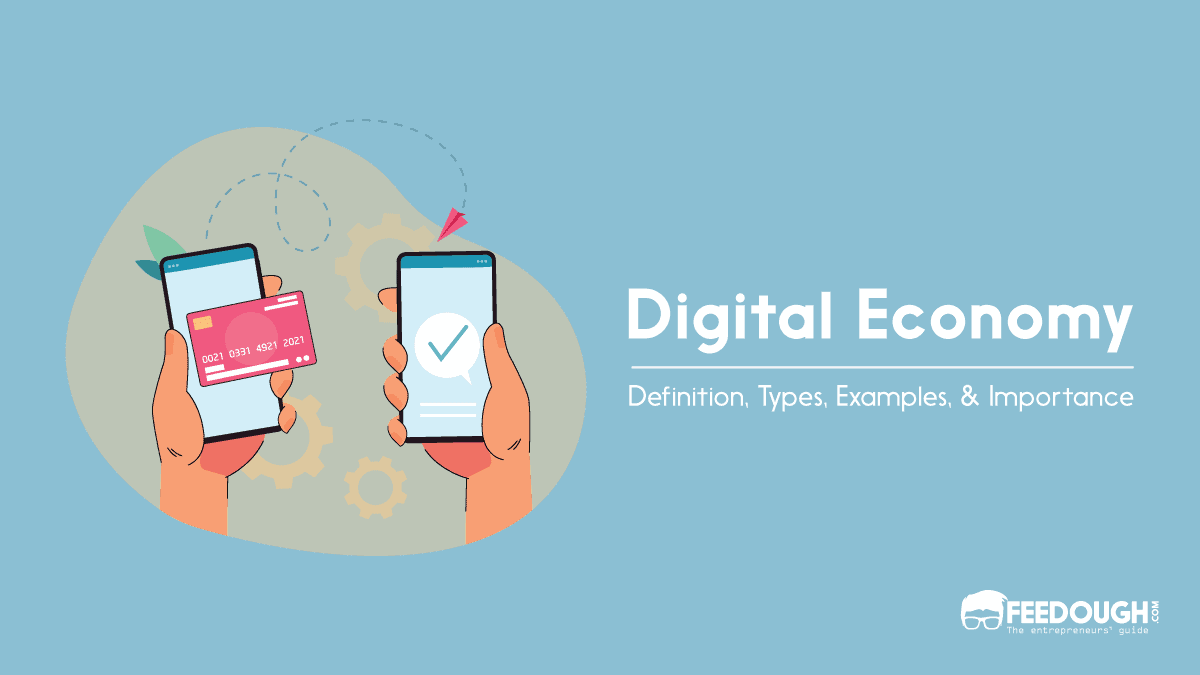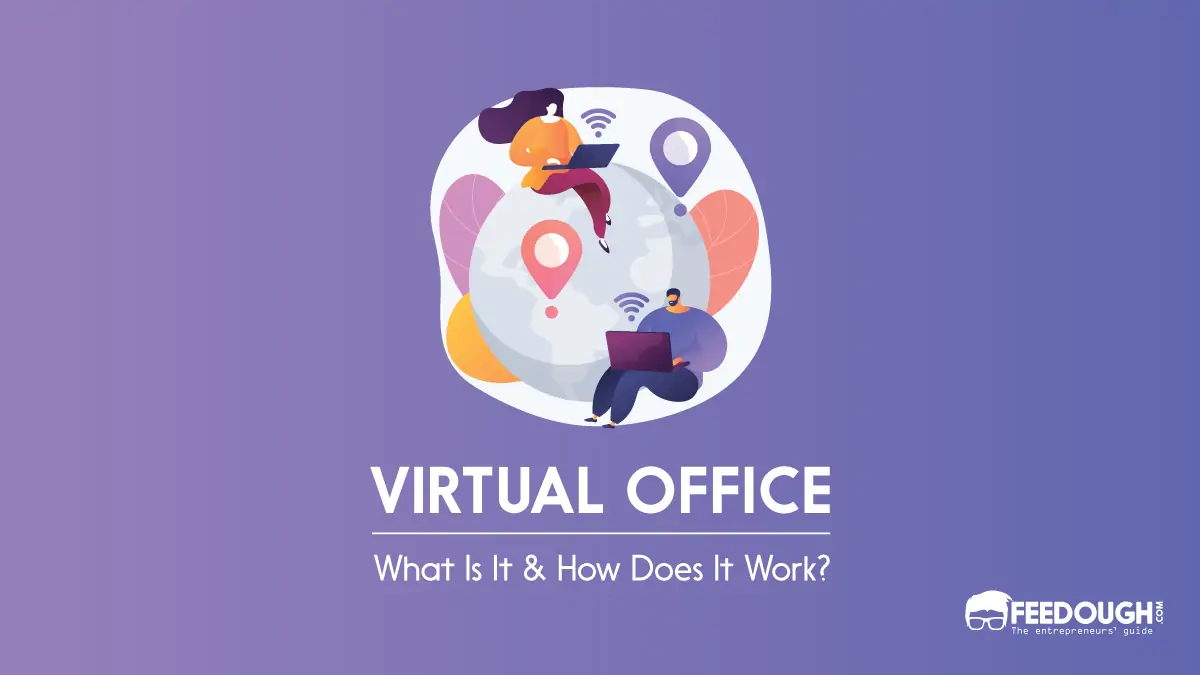Traditionally, when the world wasn’t civilised, businessmen used to scout for customers themselves. Later, when towns and cities developed, these businessmen started doing businesses in physical shops. Customers who desired the offering used to visit such shops to conduct trade face-to-face.
This business model exists even today and constitutes a majority of offline businesses. It’s the brick and mortar business model.
What Is Brick And Mortar?
Brick and mortar is a business model that involves a physical presence of the business which offers face-to-face customer experiences.
In simple terms, brick and mortar:
- Is a business model: A business model is how a business operates and makes money. Brick and mortar is a model where the business operates offline in a building or other structure and makes money via face-to-face transactions.
- Involves a physical presence of the business: Brick-and-mortar businesses operate in an office or store that the business owns or rents.
- Offers face-to-face customer experiences: This model involves face-to-face interactions of the employees and customers where employees and other staff focus on answering customer questions and provide them with an experience.
Precisely, a brick and mortar is a traditional street-side business where the owner rents, leases, or buys a shop where the customers visit, interact with staff in person, touch and feel products, and buy the products in person.
How Does a Brick-and-Mortar Work?
Brick-and-mortar businesses are true opposites of ecommerce stores. These businesses operate offline in a rented or owned store, office, or factory.
Furthermore, the store hires employees as salesmen who give a personalised experience to the customers, often resulting in developing a relationship with them. The customers get to touch, feel, and even try the products before buying. Such businesses also focus on personalised marketing efforts wherein salesman and other staff suggest, upsell, and cross-sell based on customer’s preferences and their relationship with the business.
Brick And Mortar Examples
While ecommerce has started getting the spotlight, brick and mortar businesses still account for 94% of the total retail sales. This model powers numerous brands like:
- Walmart: It’s the world’s largest brick-and-mortar retailer that promises lesser prices. Walmart operates 11,400 stores under 55 banners in 26 countries.
- Target: Target operates retail shops that deal with everything from groceries to pets.
Other small examples of brick and mortar businesses are local grocery stores, banks, pet stores, gyms, etc.
Advantages And Disadvantages Of Brick And Mortar
B&M businesses have their own set of perks and cons. And with the advent of the internet and ecommerce, this list of advantages and disadvantages has just increased.
Advantages
- Physical connection: The biggest advantage of a bricks-and-mortar store is that the business gets to establish a physical connection with its customers, which, in turn, increases brand loyalty.
- Convenience: A physical store makes it convenient to feel and try the product and get it instantly.
- Expertise: Store employees provide expert guidance and suggestions to help customers get the most out of their resources.
- Experience: Physical stores often use a mix of human interaction, decoration, and activities to develop an experience worth remembering for the customers. For example, a restaurant with Jazz music and beautiful lightings and decoration could turn out to be an experience for customers.
Disadvantages
- High costs: Brick and mortar model requires the business to rent or purchase a physical place, get employees on board, and spend more variable and fixed costs to maintain the store and experience. This increases the cost substantially.
- Geographic limitations: Having a store at one place limits the customers a business can serve to that geographical area only.
Brick And Mortar Challenges
According to data by Statista:
- 67 percent of millennials prefer to shop online,
- 56 percent of gen-x prefer to shop online, and
- 41 percent of baby boomers prefer online shopping.
Such rising demand for online stores resulted in a great challenge for brick and mortar businesses and a never-ending debate of online retailers vs brick and mortar stores.
Online retailers have the upper hand over brick and mortar stores in the form of
- Low Costs: Online businesses saves a lot of costs as they don’t have to rent or buy space, hire frontline employees, and pay for store maintainance.
- Wider Market: Online retailers serve to a wider geographical area compared to the retailer stores. They often target multiple cities or the whole country if they have the resources to deliver to them. Usually, these retailers partner with delivery partners who help them deliver to a wide geographical area.
- Better prices: Since not operating offline saves a lot of money, and since catering to wider market increases economies of scale, online retailers get to price their goods at a price lower than B&M stores.
- More Offerings: Since there is no shelf space limit, online retailers tend to provide more offering varieties compared to offline retailers.
- Data-Backed Surveillance: Operating online gives more freedom to track leads and target them with personalised ads to convert them.
Go On, Tell Us What You Think!
Did we miss something? Come on! Tell us what you think about our article in the comments section.
A startup consultant, digital marketer, traveller, and philomath. Aashish has worked with over 20 startups and successfully helped them ideate, raise money, and succeed. When not working, he can be found hiking, camping, and stargazing.
